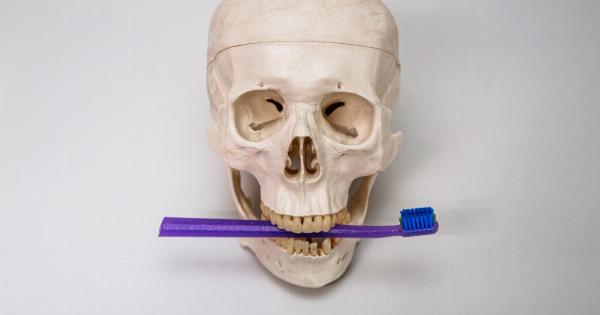Vitamin D is a fat-soluble vitamin that is essential for maintaining bone health. It regulates the absorption of calcium and phosphorus, which are necessary for the growth and maintenance of strong bones.
While vitamin D is well known for its role in bone health, recent research has identified its importance in many other areas of the body, including the regulation of blood sugar and the prevention of diabetes.
The Link between Vitamin D and Diabetes Prevention
Studies have shown that Vitamin D may help prevent Type 2 diabetes by improving insulin sensitivity and regulating blood sugar levels. Insulin is a hormone that helps glucose enter cells where it can be used for energy.
In individuals with insulin resistance, cells do not respond normally to insulin and cannot absorb glucose effectively. This leads to high blood sugar levels and an increased risk of developing Type 2 diabetes.
The active form of Vitamin D, known as calcitriol, plays a role in regulating insulin levels and improving insulin sensitivity.
Vitamin D can inhibit the activity of an enzyme that breaks down insulin and can increase the production of insulin by beta cells in the pancreas. Vitamin D also helps to reduce inflammation, which is a contributing factor to insulin resistance.
In one study, participants who consumed high levels of Vitamin D had a 43% reduced risk of developing Type 2 diabetes compared to those with the lowest Vitamin D intake.
Another study found that individuals with higher Vitamin D levels had lower fasting glucose levels and better insulin sensitivity.
Meeting Daily Vitamin D Requirements
The recommended daily intake of Vitamin D is 400-800 IU, but many individuals may require more to achieve optimal levels.
Adequate sunlight exposure is the most efficient way to obtain Vitamin D, as the skin can produce it naturally when exposed to UVB rays. However, factors such as age, skin color, and geographic location can affect the skin’s ability to produce Vitamin D.
Food sources of Vitamin D include fatty fish (such as salmon and tuna), egg yolks, and fortified foods (such as milk and cereal).
It can be challenging to obtain sufficient Vitamin D from food alone, and supplementation may be necessary to reach adequate levels.
Vitamin D Supplementation
Supplementation with Vitamin D may be necessary to reach adequate levels, especially for individuals who are at risk of deficiency. Vitamin D supplements are available in two forms: D2 (ergocalciferol) and D3 (cholecalciferol).
D3 is the most biologically active form and is the preferred form for supplementation.
The optimal dose of Vitamin D varies by individual, and it is important to work with a healthcare provider to determine the appropriate dose.
Vitamin D toxicity is rare but can occur with high doses of supplementation, so it is crucial to follow recommended dosages.
Conclusion
Emerging research has identified the importance of Vitamin D in regulating blood sugar and preventing Type 2 diabetes.
Vitamin D plays a role in improving insulin sensitivity and reducing inflammation, which are critical factors in preventing insulin resistance and diabetes. Adequate sunlight exposure and food sources may not always provide sufficient Vitamin D levels, and supplementation may be necessary to achieve optimal levels.
Consult with a healthcare provider to determine the appropriate dose and ensure safety and effectiveness.






























